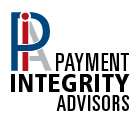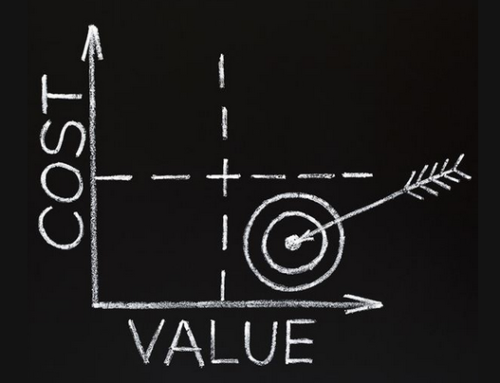Commitment to learning and willingness to take risk would be the best way to describe career aspirations upon beginning a journey in accounts payable audit thirty years ago. There was little awareness of how important flexibility was and how helpful practicing “blind faith” would become.
A career requiring travel from city to city – was not very glamourous. Work was typically with grocery wholesalers, catalog showrooms or mass merchant retailers. Many engagements were first time reviews and few clients believed we’d have much success. However, since fees were performance-based – companies really didn’t have anything to lose.
The early years of accounts payable audit were almost all manual – reviewing paper invoices. Occasionally, we had microfilm and microfiche. Working side by side with ex-controllers, CFO’s or buyers who had lost their jobs during the consolidation of the retail industry. The opportunity to learn about accounts payable and understand how buyers think was as good as it gets…
During the initial seven years, I’d worked with fifteen different clients – earned my stripes – and was often referred to as a “road warrior.” Navigating our way through new cities without Google Maps or Yelp – life was uncertain, fun and rewarding, but also humbling.
During 1992, the nomad way of life changed with an offer to work with Eckerd Drug. The assignment was different – working year round in Clearwater, FL, with valuable exposure to the drug industry. It also was a unique opportunity to learn about data – along with the financial value possessed through enrichment. The investment we were making was considered innovative and the payoff was high.
It didn’t happen overnight. Obtaining data was cumbersome and the data quality was fragmented and inconsistent. To overcome this, our group was keying line item invoice detail (and internal debits) year round. It was an expensive process that enabled us to identify overpayments to suppliers and broaden the scope of our reviews. It was the early days of data mining within the accounts payable audit space.
Drug chain audits were similar to others. Reconciling promotional activity funding was our main priority. Many of the suppliers were the same; however, the product mix was different. Pharmacy (RX) – along with distributor purchases – were new areas. The rise of healthcare costs was in the early stages and President Clinton had just been elected. The rumblings for healthcare change were beginning…
One of the advantages of working with Eckerd’s was that the audit was structured as a true “partnership”. Our client’s commitment was reinforced by the access provided to virtually all source documents within the buying department (i.e. pricing, promotional, rebate and associated terms). This was unique for the time and a difference-maker, since we were investing heavily into enhancing the data – and the source documents allowed us to validate potential recoveries.
Having a near complete picture of costs offered by suppliers – including documents supporting planned promotional events – put us in a unique position to verify the accuracy of supplier transaction history. It also allowed us to learn how different suppliers structured their annual programs and the impact “unfunded” events had on our client’s margins. Our data mining efforts were able to identify specific events where client margins did not meet the buyer’s expectation.
Essentially, we had developed a comprehensive process to reconcile cost of goods for 1,200+ drug stores. It was an invaluable learning experience that enabled us to understand the buyer’s intent along with the various obstacles that would prevent the P2P process from achieving 100% accuracy.
The ensuing success led to a transfer, an opportunity to work with Walgreens, the drug industry leader. Recognized as a Subject Matter Expert, and part of a team created to represent field audits, we began sharing with our software developers “proprietary” processes and techniques that were being used by the most respected audit leaders at various regional audit centers
This “knowledge dump” was the beginning of a commitment to replace manual processes and create much needed claim standardization. It was a decision that would change the service offering of the world’s largest accounts payable review firm.
These early efforts of building proprietary software that would warehouse and manipulate data – using standardized processes – over time became a “best in class” tool that positioned auditors to identify specific transactional anomalies possessing financial value for our clients. Over the course of a few years, it would change the landscape of audit industry and become one of the early “data mining” success stories.
The industry has certainly evolved since then. Having the opportunity to work with many Fortune 100 clients – including several considered to be “best in class” operationally – has been a unique learning experience.
Market leaders share a consistent desire to learn and improve. Not all move at the same pace and what’s important varies, depending upon current priorities. At some, that changes fast and often.
Yes, it’s been a fun ride and an interesting one also. Centralization and technology advances have changed the P2P landscape significantly and client expectations continue to grow – a good thing for all.
Most of today’s cost reduction providers – whether serving retail, healthcare or manufacturing – have been influenced by the early success of data analysis efforts that evolved within the accounts payable audit space. The traditional service offering has become a best practice and the associated value – to learn and improve while enhancing profitability – has stood the test of time.
Different folks have different perceptions of “outside audits”; however, the benefit of the offering has not changed. Identifying opportunities to get better at what you do helps everyone.





Leave A Comment